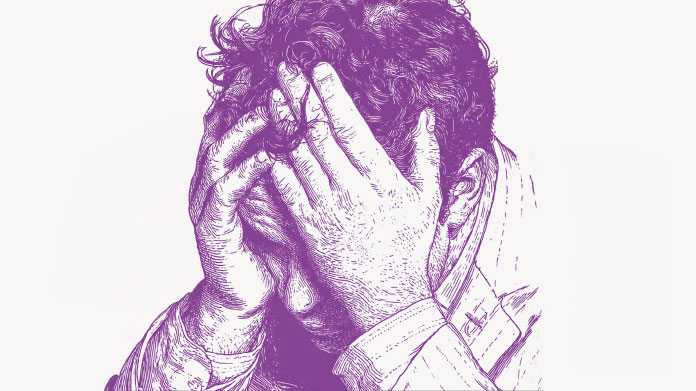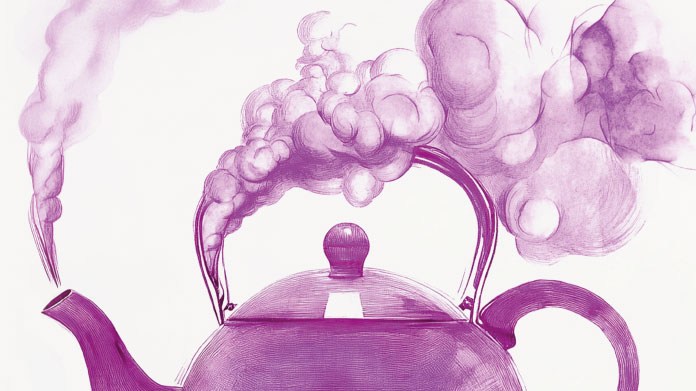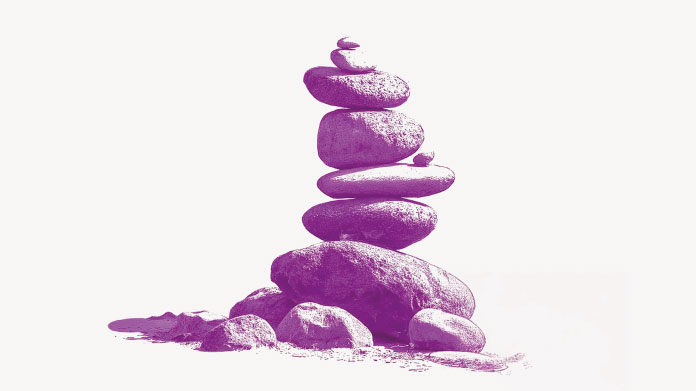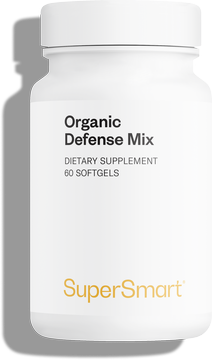Tiger grass: why take a Centella asiatica supplement?
A medicinal plant from South East Asia and the Pacific islands, tiger grass (Centella asiatica) offers numerous benefits for health. Discover the value of taking a tiger grass dietary supplement.
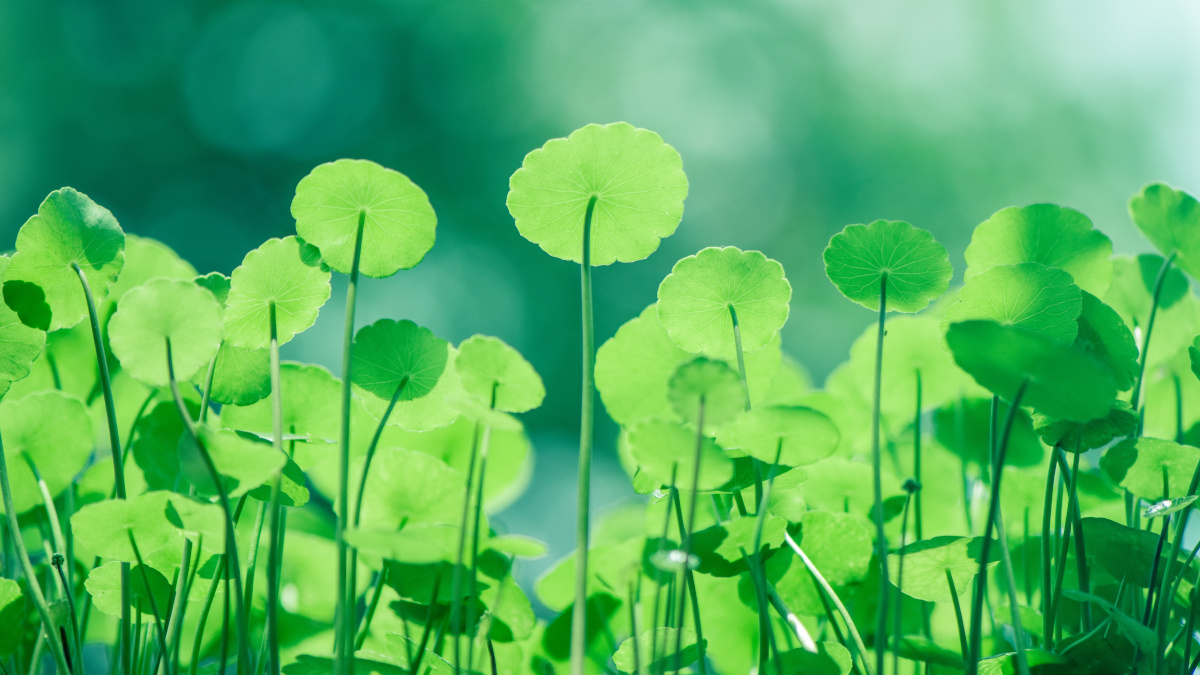
What exactly is tiger grass (Centella asiatica)?
Centella asiatica, also known as tiger grass, Hydrocotyle asiaticaor Gotu Kola, is plant that’s prevalent in the swampy regions of India, China, Indonesia and Australia. It is part of the Apiaceae family.
A rampant, semi-aquatic plant, it is easily recognized by its fine, pinkish-green stems and rounded green leaves. When in flower, it bears small pink and green flowers which form a kind of umbrella over it.
The plant is harvested 3 months after planting, the time it takes to reach maturity. It is primarily the leaves and stems which are used in phytotherapy.
A highly-valued plant in Ayurvedic and Chinese medicine
Steeped in legend, Centella asiatica has been used for centuries in Ayurvedic and traditional Chinese medicine. It gets its ‘tiger grass’ name from the fact that tigers would use its healing properties to soothe their wounds.
The people of Laos recount a vivid story about this plant: a young peasant fell in love with the daughter of the village chief. When the young man asked her father for her hand in marriage, the village chief showed his disapproval by cutting off the poor suitor’s ear. The only condition he laid down for allowing him to marry his daughter was to come back the next day with his ear healed. Aware of the regenerative properties of Centella asiatica, the young man applied it to his wound all night before returning to the chief the following day with his ear completely intact!
More generally, this plant is considered to be a sign of longevity and good health in Chinese and Ayurvedic medicine. In Sri Lanka, there’s a proverb which says: “two leaves of Gotu kola a day keeps aging away”. In Tibet, Centella asiatica features in certain meditation rituals that benefit the mind. Nowadays, it is used topically as well as internally, in the field of cosmetics or to support daily well-being.
Composition of Centella asiatica
Centella asiatica contains saponosides (primarily asiaticoside and madecassoside), flavonoids, phytosterols, carotenoids and vitamin C.
Studies carried out over the last few years have identified centella’s benefits as being largely due to asiaticoside and madecassoside, the plant’s two most active molecules (1).
What health benefits does tiger grass offer?
Centella asiatica offers numerous benefits for brain, heart, stomach and skin health. It supports:
- good mental health and cognitive function (2) ;
- healthy veins (3) ;
- a strong cardiovascular system and protection for the heart (4) ;
- healthy healing through stimulation of fibroblast growth (5) ;
- a healthy digestive system (6).
Gotu kola: how to take it
Tiger grass can be consumed as a herbal tea, mother tincture or even in a salad made from the leaves. However, to maximise your intake of its active ingredients, the simplest and most effective way is in the form of a dietary supplement.
With regard to dosage, you should aim for between 60mg and 180mg of Centella asiatica a day, taken with meals. Studies generally recommend taking 30-60mg, two to three times a day.
Which Centella asiatica supplement should you choose?
It’s important to choose a supplement with a high content of asiaticosides and madecassosides, the plant’s active ingredients (such as the product Centella asiatica, standardized to 20% asiaticosides and madecassosides).
If you’re particularly interested in the plant’s effects on mental health and cognition, Centella asiatica also features in specific synergistic formulations, usually combined with compounds such as Ginkgo biloba (good for memory and emotional stability), Bacopa monnieri (good for brain reactivity) or Huperzia serrata (good for cognitive performance and mental health). It is also an ingredient in the supplement Neurex, which combines the best natural substances for brain health.
References
- “Determination of biologically active constituents in Centella asiatica” - P.K.Inamdar R.D.Yeole A.B.Ghogare N.J.de Souza - Journal of Chromatography A Volume 742, Issues 1–2, 23 August 1996, Pages 127-130
- “Effects of Centella asiatica (L.) Urb. on cognitive function and mood related outcomes: A Systematic Review and Meta-analysis” - Panupong Puttarak, Piyameth Dilokthornsakul, Surasak Saokaew, Teerapon Dhippayom, Chuenjid Kongkaew, Rosarin Sruamsiri, Anchalee Chuthaputti & Nathorn Chaiyakunapruk - Scientific Reports volume 7, Article number: 10646 (2017)
- ”Effects of Centella asiatica extract on mucopolysaccharide metabolism in subjects with varicose veins”. - Arpaia MR, Ferrone R, Amitrano M, Nappo C, Leonardo G, del Guercio R - International Journal of Clinical Pharmacology Research, 01 Jan 1990, 10(4):229-233
- “Antihypertensive Effects of Centella asiatica Extract” - Thida Intharachatorn and Rungrudee Srisawat - 2013 International Conference on Food and Agricultural Sciences
- IPCBEE vol.55 (2013) © DOI: 10.7763/IPCBEE. 2013. V55. 23
- “Centella asiatica in cosmetology” - Wiesława Bylka,corresponding author Paulina Znajdek-Awiżeń, Elżbieta Studzińska-Sroka, and Małgorzata Brzezińska - Postepy Dermatol Alergol. 2013 Feb; 30(1): 46–49. / Published online 2013 Feb 20. doi: 10.5114/pdia.2013.33378
- “Hypolipidemic and hypoglycemic effects of Centella asiatica (L.) extract in vitro and in vivo” - Supkamonseni, Nattapon Thinkratok, Aree Meksuriyen, Duangduen Srisawat, Rungrudee - Indian Journal of Experimental Biology (IJEB) IJEB Vol.52 [2014] IJEB Vol.52(10) [October 2014]
9 Hours
Ordering was easy and the product was…
Ordering was easy and the product was delivered with no problems. Appreciated that I was notified when it would arrive. Thanks!
MascarC
5 Days
Great customer service - responsive …
I ordered from them and my item was unavailable for sometime. I was super happy when they reactivated my order and shipped my item which arrived very quickly. Great customer service.
Ruth Rueter
6 Days
Super fast shipping
Super fast shipping
Donald Borling
9 Days
Reputable companysearch and the number of…
The research and the number of selection of products.
NAKHJAVAN Shervin
23 Days
The Anti Aromatase is a great product
The Anti Aromatase is a great product. You just need to have constant inventory. Recently this product has been out of stock.
GEORGE Verne
24 Days
Great help on chat
Great help on chat. Knowledgeable and friendly.
Jason Argos
27 Days
Customer service was fast and friendly.
Customer service helped to stop the transaction process of the subscription. I appreciated that.
Greenie
28 Days
I order here due to the high quality of…
I order here due to the high quality of the products and the quick delivery of items - thank you
Barbara J
29 Days
SuperSmart's Eye Pressure supplements: highly recommended!
I purchase SuperSmart's Eye Pressure supplements regularly for over 5 years, and gotta say they are truly a wonderful product for my Glaucoma. Highly recommended if you have eye pain from your Glaucoma.
D. Martinez
34 Days
Quick service
Quick service
MONELL
34 Days
Speedy service.
Speedy service.
ROSENTHAL Marvin
38 Days
Clear website- Efficient
Clear website. Excellent search engine and fast delivery!
Mohamad Hussein
41 Days
They have great products.
They have great products.
Vickie
41 Days
Great Shipping Time!
You Have A Great Shipping Time! Praise The Lord!
DMHoge
43 Days
Doctor Recommended!
Good pricing, very good availability, doctor recommended (couldn't find what I needed anywhere else), and it took only a week to arrive (which I can't complain about).
Al

